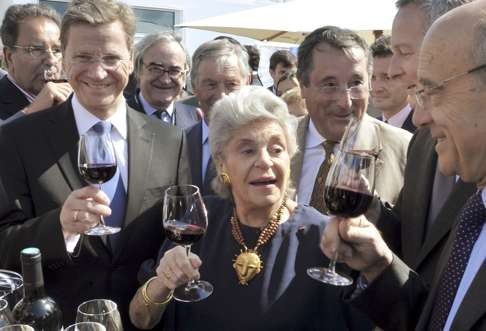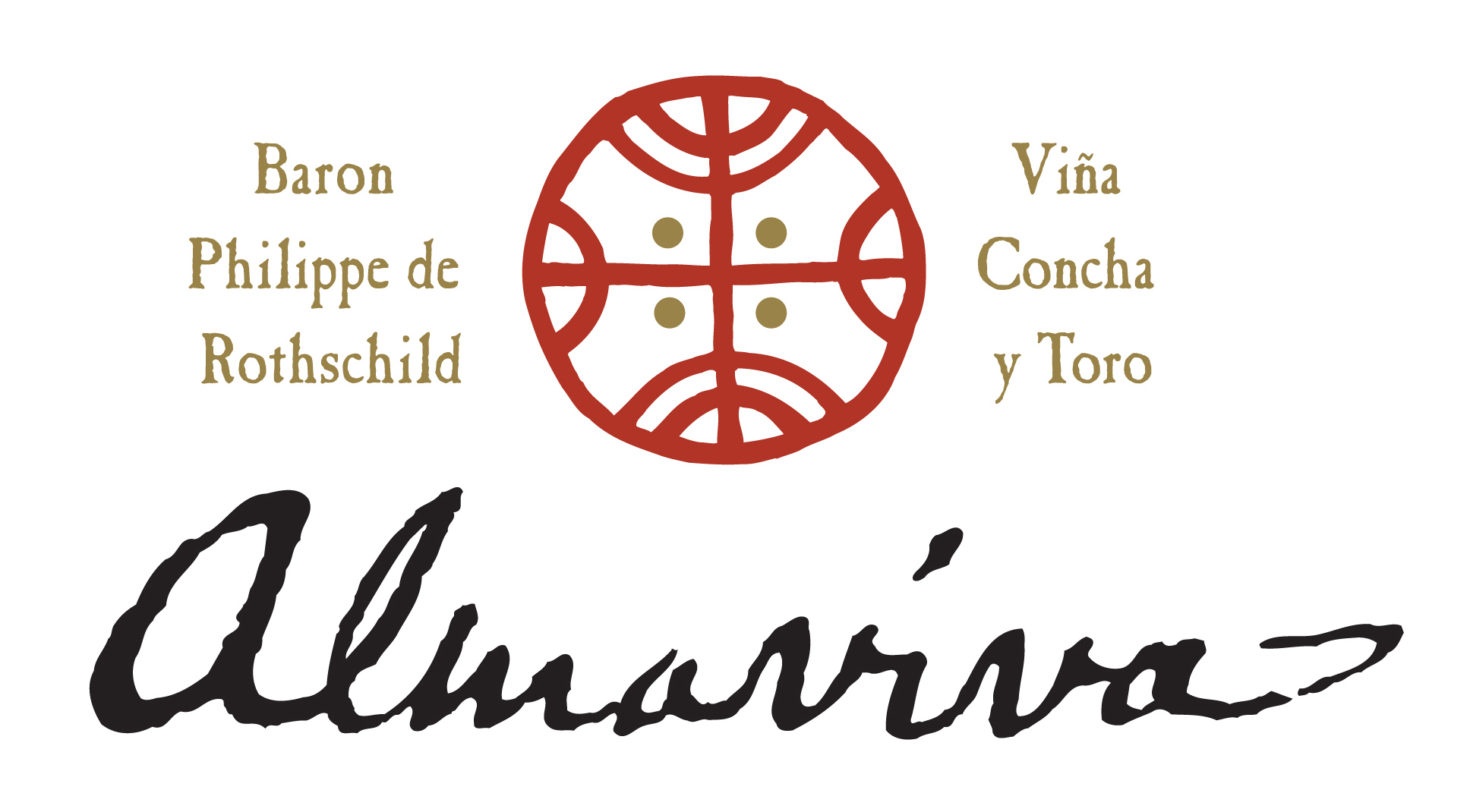
Alma Viva
Chile’s exports to the US and China are increasing year on year and producers such as Rothschild and Concha Y Toro are expanding to meet the demand
We’re driving through newly planted vines about 250 kilometres to the south of Santiago in the valley of Maule. The offroad vehicle is easily taking the dirt and stonefilled slopes, but it’s disconcerting to be hanging off the back. Around us are about 162 hectares of the Vina Villavicencio vineyard, the latest Rothschild venture in the country.
Coolclimate fine wines the best accompaniment to a Hong Kong summer
The Rothschilds bought this vineyard in 2013, their third Chilean project, which began with a 1997 venture between Baroness Philippine de Rothschild and the Guilisasti/LarrainVial family of Concha Y Toro.
‘Chile’s Robert Mondavi’, Eduardo Chadwick, embodies quest for higher quality
“This was really the first time that a high profile wine was launched from Chile and aimed squarely at the international market,” Felipe Larrain Vial, CEO of Almaviva, says over a vertical tasting of the wines a few days before the visit to Maule. “Today it is sold 90 per cent through wine merchants in Bordeaux.”
Wine tasting: Casillero del Diablo from Concha y Toro in Chile
The vertical tasting shows a confident, nuanced wine, rich in cabernet sauvignon. But 20 years after the first Almaviva vintage, Chile is a very different country.
Concha y Toro is the largest wine producer in Chile. Photo: Corbis While its neighbour Argentina has nailed its flag to the malbec grape, and sees much of its highpriced wine heading to the US, Chile is less associated with a single variety. Cabernet sauvignon accounts for 33 per cent of its plantings, followed by sauvignon blanc at 13 per cent (according to 2014 figures), but the excitement and action lies with less common varieties, from païs to carménère to riesling. And where Argentina is almost entirely dependent on grapes grown in the Mendoza region, Chile is hugely diverse in the regions that span its length.
Why you really should try French red wines from Canada
There is also one country that is changing things for Chile, the world’s fifthlargest wineproducing country – and that is China. Exports to the country grew 34 per cent in volume and 32 per cent in value from 2014 to 2015, benefiting from the freetrade agreement signed in 2005.
Chile is now the secondlargest supplier of wine to China, and benefits from expensive French wine losing its shine due to economic and giftgiving reforms.
Eight generations of winemakers from Chile’s Loncomilla valley reach out to China
China has just overtaken the US as the most popular destination for Chile’s bulk wine exports, doubling from 2014 to 2015 and making up twothirds of overall imports. Bottled wine is also up by some 70 per cent over the same period to 5.6 million cases with a (higher than average) price of US$29 per case. In Hong Kong, the average price per case is US$37.20.
From left: Philippe Sereys de Rothschild, Camille Sereys de Rothschild and Julien de Beaumarchais in their vineyard in Pauillac. Photo: AFP
The Rothschild family – led by Philippe, Camille and Julien – is looking to capitalise on this by expanding beyond Almaviva, which today produces less than five per cent of their Chilean wine output. The new names from the family are Escudo, Anderra and Mapu, all branded wines that use grapes from around the country, from cool coastal spots such as Casablanca and Colchagua to the flagship valley of Maipu.
It is this strategy that has brought us to the cacti, acacia and newly planted vines in Vina Villavicencio. Like Almaviva, which was a pioneer in using grapes from a single vineyard, the family is hoping to source almost all their wines from their own vineyards in the future. Their flagship wine Escudo Rojo is already supplied by their own grapes at the Rothschild winery in Maipu Valley. But they are now looking to extend the strategy across their branded wines also – hence the purchase of a 970hectare estate in a valley that has a mix of volcanic, silt and clay soils with the natural water sources that determine whether vineyards in this droughtprone country will survive.
They bought Villavicencio with 56 hectares of vines planted, immediately increased that to 160 hectares and have plans to double that again over the next few years. These are organic vineyards, entirely ungrafted, with great potential, but the Rothschild name alone is not enough to guarantee success. There is still a certain cynicism in the reaction to their wines outside Bordeaux, and Maule remains fairly anonymous, with none of the cachet of Maipo or Colchagua.
“But Almaviva was a crazy idea that worked,” director Emmanuel Riffaud says with a smile as we bump over some more unplanted land. “As was Opus One before that. We are in this for the long term, and we like a challenge.”
Link Rothschild takes Chilean wine to a new level as overseas sales grow




